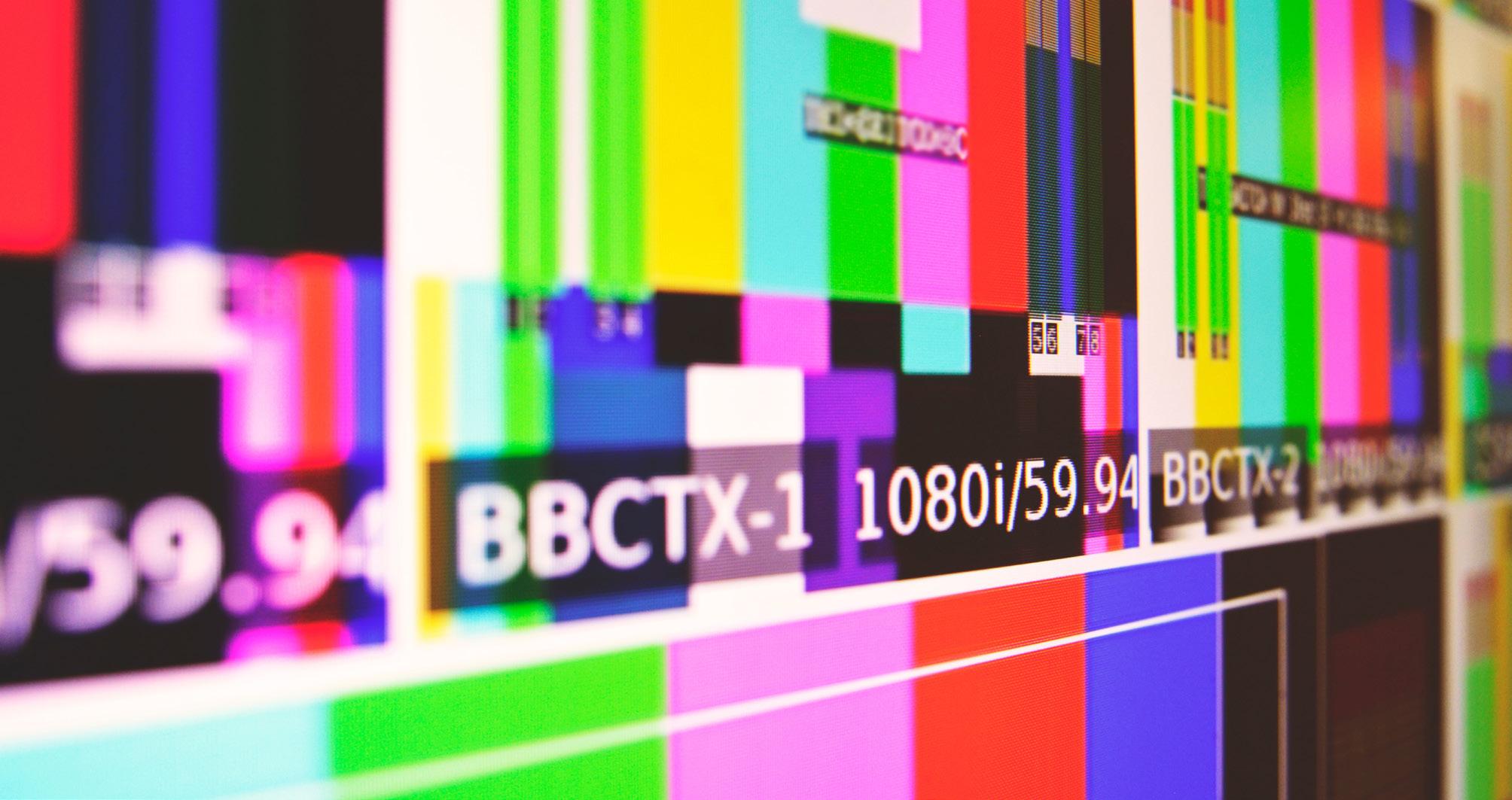
2 minute read
2.2 Visual Processing
In a biological context, visual processing is the interpretation and understanding of visual information that allows us to identify what we see, to interpret size, shape, distances etc. From a technological perspective, visual processing, or computer vision, is the mimicry of the human visual system by a machine and it concerns the extraction, analysis and understanding of information from images.
The work of law enforcement has long been supported by visual information – be it pictures or videos of persons, vehicles or locations of interest. In fact, law enforcement was very much transformed with the advent of surveillance technology, in particular CCTV, which became widely available during the 1960s and 1970s. Surveillance technology has allowed law enforcement to quickly identify victims, perpetrators or other persons of interest and, in doing so, to solve crimes. Surveillance technologies have undergone considerable advancements over the years, including body-worn cameras (bodycams) and patrol drones, but it is with AI that perhaps the most impressive outcomes may materialize.
In the past decade, surveillance systems, accompanied by major advancements in machine learning applications, have created systems that can be trained to do the jobs of humans more efficiently and effectively. Early machine learning systems for surveillance were not advanced enough, as they had low performance, were time-consuming and required high-skilled engineers to re-train the model for each new deployment. Since 2012 however, deep learning has revolutionized the areas of image processing and object recognition. The integration of deep learning models into surveillance systems has allowed for tremendous progress in this field, specifically by improving detection and analysis of objects, human faces and bodies, leading to substantial drops in error rates of misidentification of persons of interest. These advanced systems can conduct face detection and recognition, as well as the recognition of facial expressions. They can also conduct human body detection, person identification, attribute recognition, human behaviour recognition, and body movement (gait) recognition. Concerning objects, they can conduct object tracking, vehicle identification and re-identification, license plate recognition and crime scene classification. AI-enabled visual processing systems can be used to identify abnormal behaviour and for both black- or white-listing persons to facilitate or limit entry into specific buildings or closed events, such as concerts and festivals. This can significantly augment the preparedness of law enforcement and security forces tasked protection of such events. At the same time, this domain continues to advance with other developments such as face search systems on the horizon that can use a snapshot of an individual to search through live camera systems in order to locate them.
These systems face a number of significant practical challenges however, including non-frontal subjects or covered subjects and the use of facial accessories, like glasses, jewellery and masks. Notwithstanding this, these systems will only get more advanced with the increasing amounts of data and the evolution of recognition methods, such as the facial-points identification method, which will enable law enforcement to overcome these challenges in its use of visual processing technologies.








